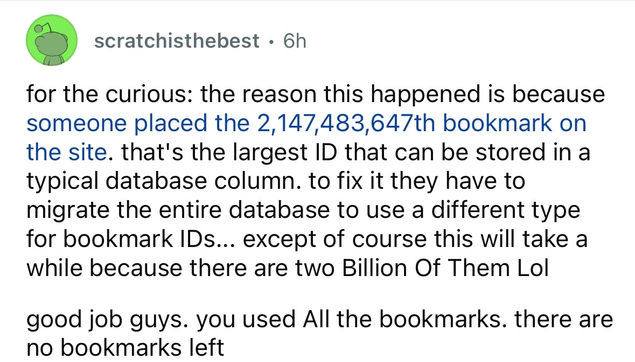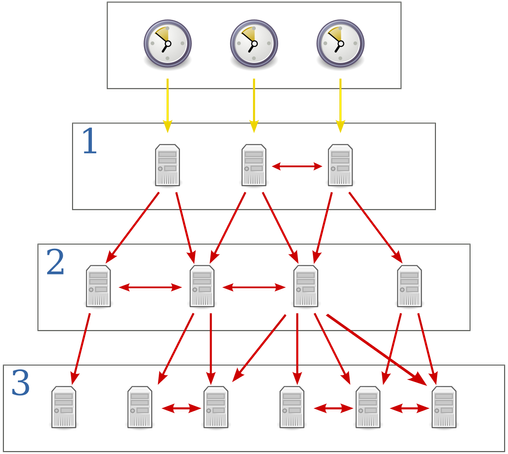@catgirlQueer @vashti As I myself wrote, years ago,
"At nanosecond resolution (if I've done my arithmetic right), 128 bits will represent a span of 1 x 10²² years, or much longer than from the big bang to the estimated date of fuel exhaustion of all stars. So I think I'll arbitrarily set an epoch 14Bn years before the UNIX epoch and go with that. The time will be unsigned - there is no time before the big bang."
So, yes, if you're content with nanosecond resolution...
https://github.com/simon-brooke/post-scarcity/wiki/cons-space#time
@simon_brooke @catgirlQueer @vashti
https://en.wikipedia.org/wiki/Network_Time_Protocol
NTPv4 introduces a 128-bit date format: [...] According to Mills, "The 64-bit value for the fraction is enough to resolve the amount of time it takes a photon to pass an electron at the speed of light. The 64-bit second value is enough to provide unambiguous time representation until the universe goes dim."






